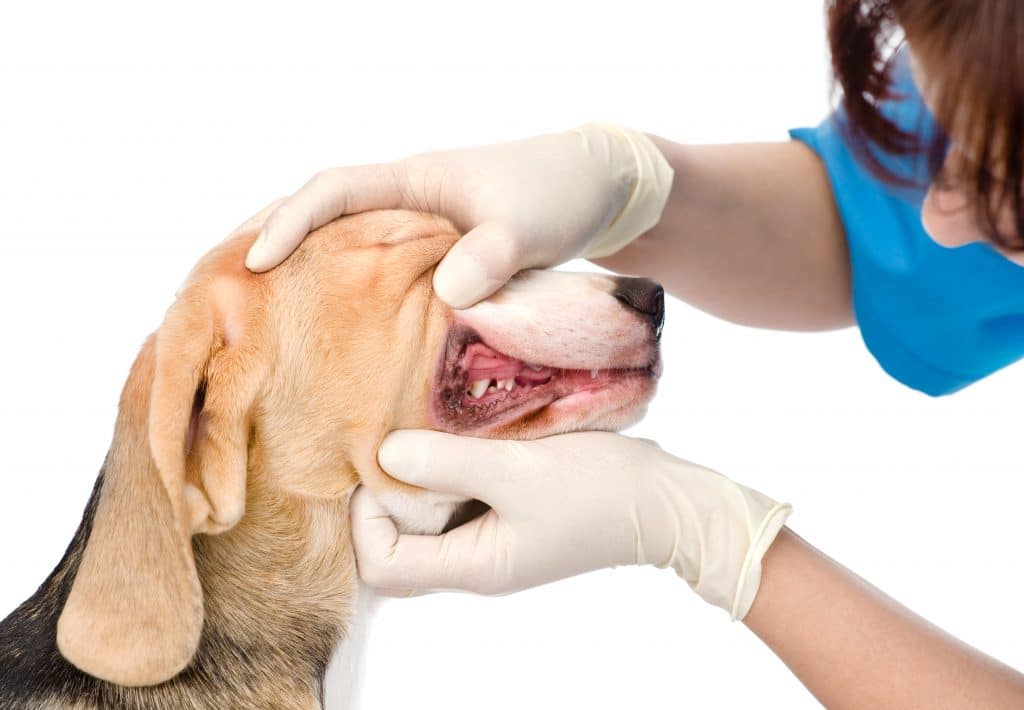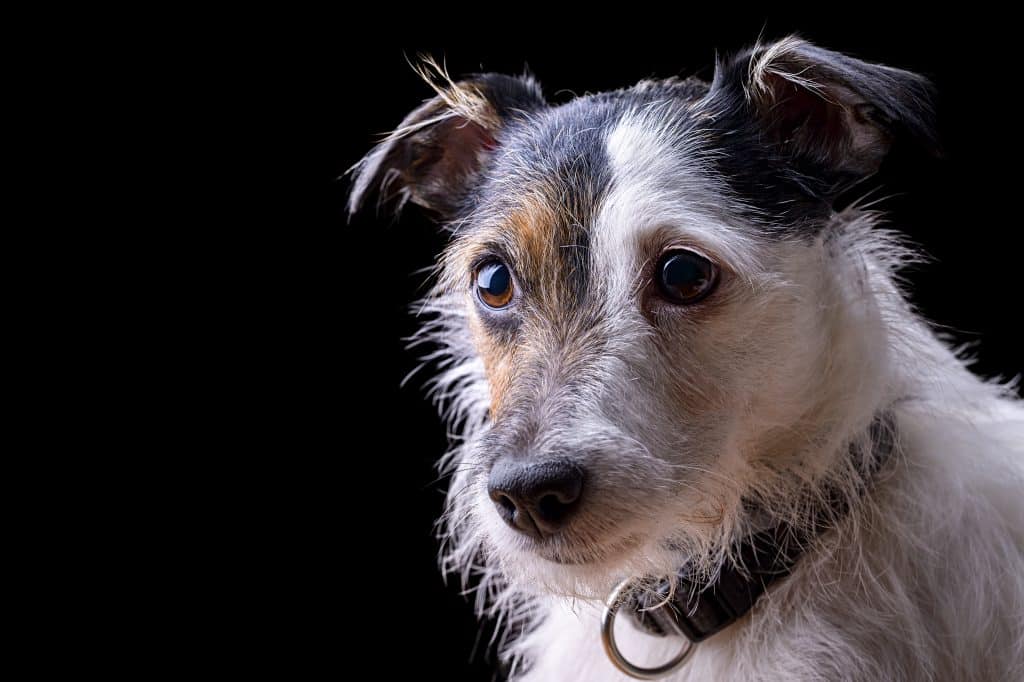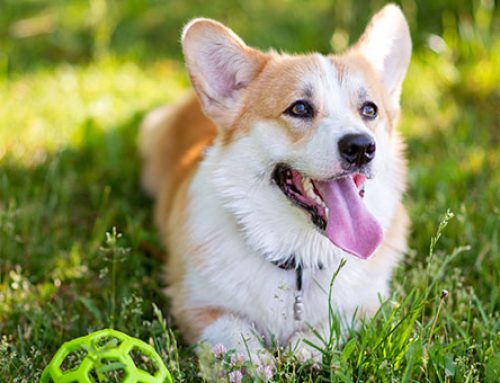Did you know that adult dogs have 42 teeth? However, sometimes during a veterinarian examination some may be missing. They’re usually missing because of trauma, dental disease, or even a congenital abnormality. When teeth are still present in the mouth, but cannot be found during oral examination, they are called unerupted teeth.

WHAT IS THE SIGNIFICANCE OF MY PETS MISSING TEETH?
First, dental radiographs are required to determine if your pet’s missing teeth are unerupted or simply just congenitally missing. An unerupted tooth in the mouth can predispose a dog to developmental abnormailities of the shape of the root, root resorption, inflammation of gum tissue, jaw fractures, and potentially the most dangerous, the development of dentigerous cysts.
WHAT IS A DENTIGEROUS CYST?
These cysts are found surrounding an unerupted tooth. They are formed from the tissue remains of the structures of tooth development. They are diagnosed based on radiographs. Large lesions can cause destruction of the bone supporting surrounding teeth, resorption of surrounding tooth roots, and thinning of the bone. Nasal cavity invasion is possible. Advanced lesions can cause facial asymmetry, tooth displacement, and pain.

WHAT IS THE TREATMENT?
Treatment for a dentigerous cyst involves extraction of the unerupted tooth and aggressive removal of the cyst. These cysts can recur. Follow up dental radiographs should be taken every 3-6 months for 2 years.
It is imperative that we investigate the cause of missing teeth with dental radiographs. In doing so, we can often prevent more serious complications from arising.
















Leave A Comment